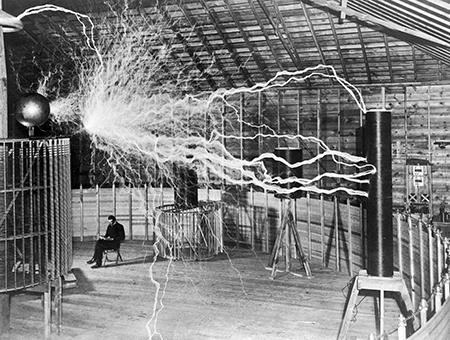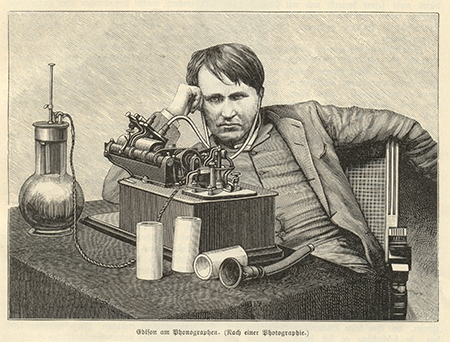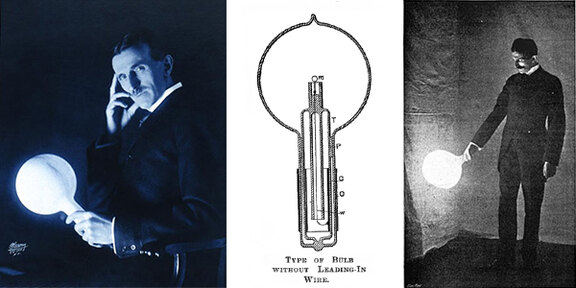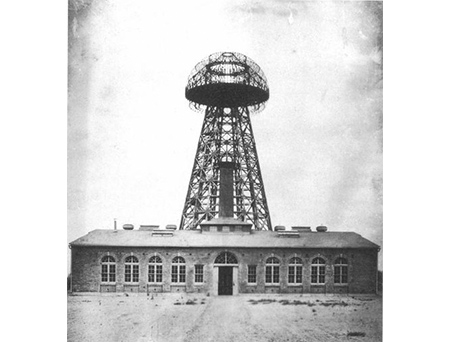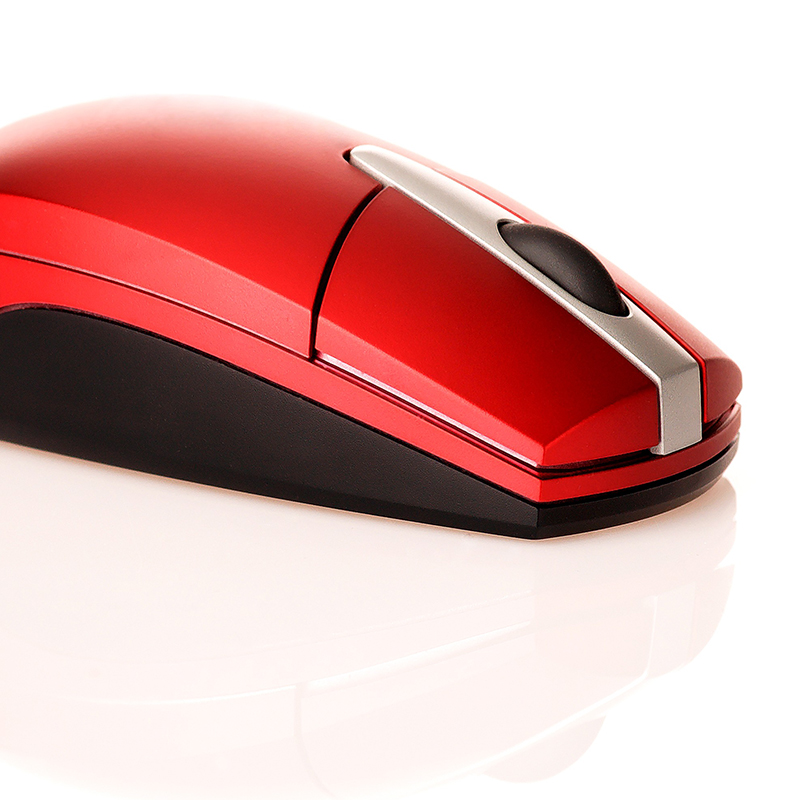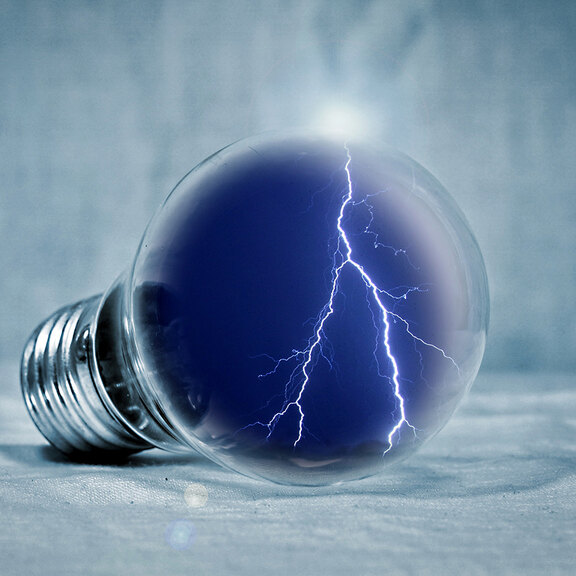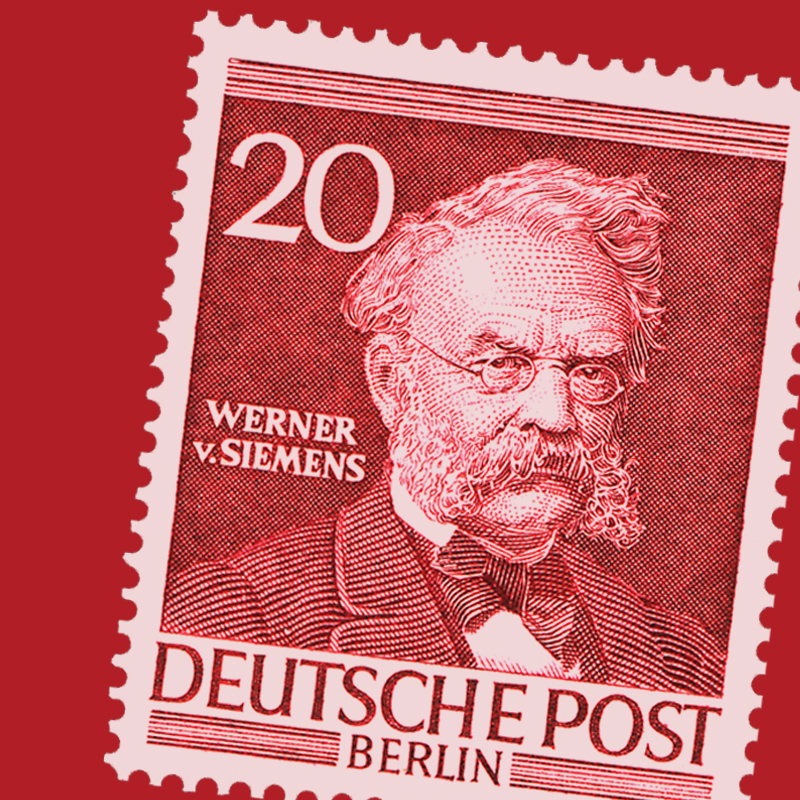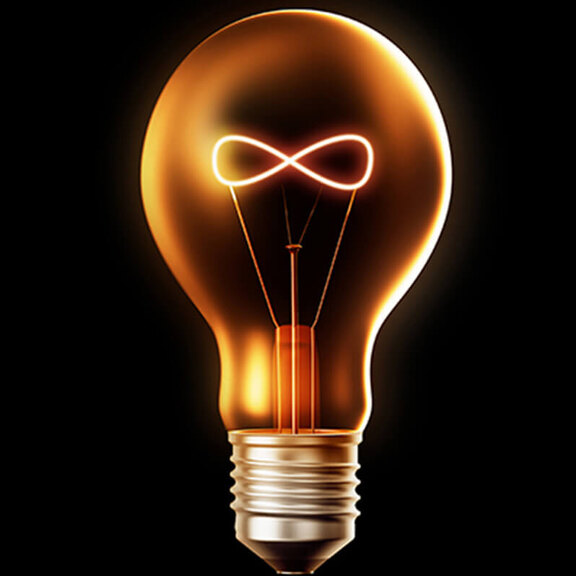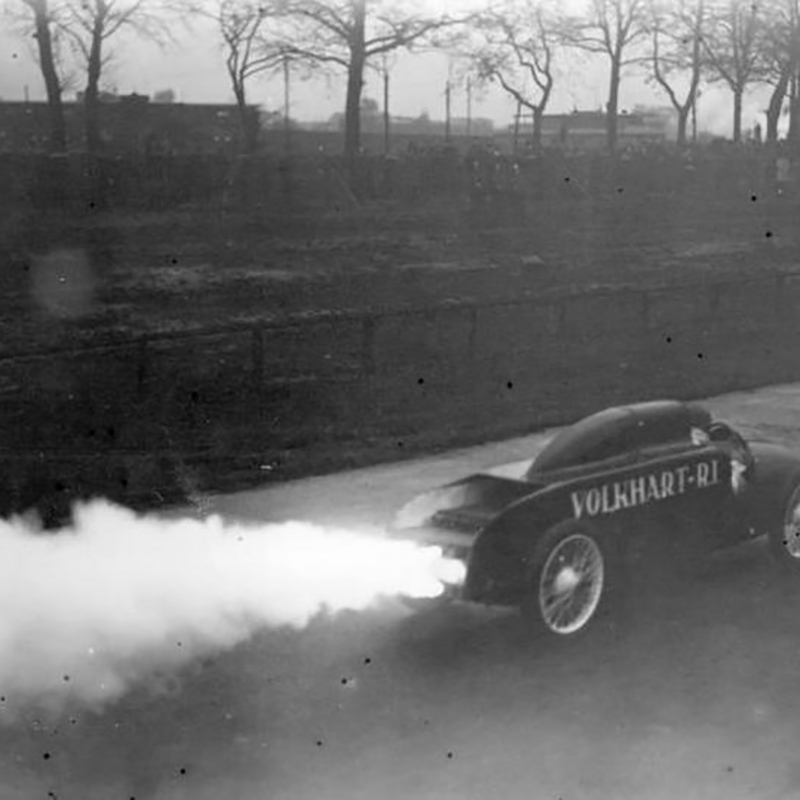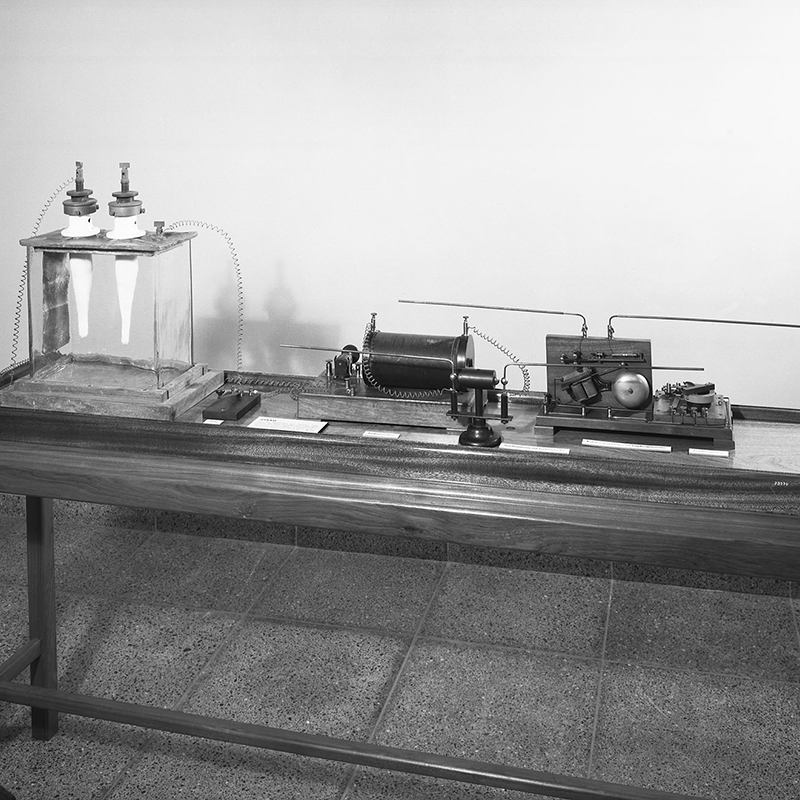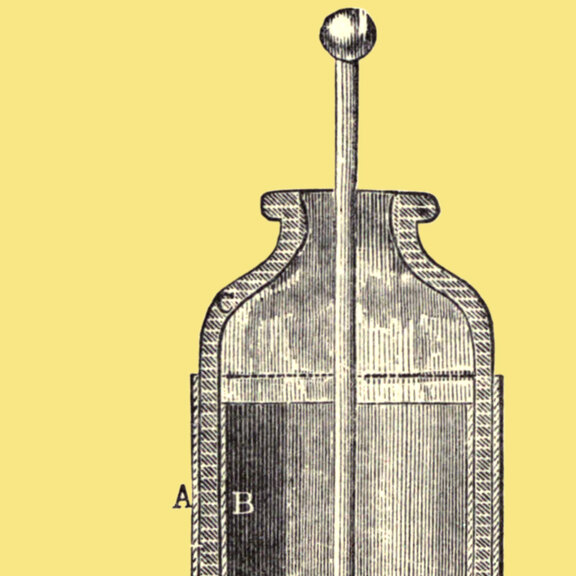Even as a child, Nikola Tesla was fascinated by the power of electricity: time and again, he would look up at the sky in his home village of Smiljan (in what is Croatia today) and see bright flashes of light. “In some cases, all the air around me was filled with lively, flaming tongues,” he later recalled in his autobiography. In 1875, Tesla, who was born in 1856, received a scholarship to Graz University of Technology, where he studied obsessively from early in the morning to late in the evening and passed nine exams with top grades in his very first year. From 1879, he attended the University of Prague. He worked for the Budapest telephone company in 1881, and just one year later he developed the first AC motor. But as no one seemed to be interested in this, Tesla went to Paris and found a job with the Continental Edison Company. In 1884, Tesla set off for New York – with a letter of recommendation in his pocket – and was employed by Thomas Alva Edison’s company. The relationship between Tesla and Edison was fraught, with disputes frequently arising. Tesla had soon had enough and left the company.
The development of the alternating current system
In 1885, Tesla partnered with two businessmen to found the Tesla Electric Light and Manufacturing Company based in Rahway (USA). In the same year, he applied for his first patents, for the arc lamp and a new type of commutator, for example. However, Tesla’s business partners betrayed him, and in 1886 the company filed for bankruptcy. But Tesla kept going and in 1887 he founded the Tesla Electric Company as a partner – this was the opportunity for him to push the practical implementation of his AC system. Tesla brought out several patents for components for his new motors. He gave lectures and soon drew the attention of industrialist George Westinghouse. In 1888, Westinghouse acquired the rights to the “polyphase” patents. Westinghouse’s support led to a bitter confrontation with Edison and his direct current (DC) voltage system. The economic dispute soon became known as the “War of the Currents”.
With the fortune he had earned from his collaboration with Westinghouse, Tesla could afford a luxurious lifestyle. At that time, he became interested in Edison’s light bulb and worked on finding a solution to minimize its use of electricity. He succeeded in generating high-frequency currents and unveiled them to the public in 1890. But since he had not patented his invention, he could not market it profitably. Many imitations soon came onto the market.
Well over a hundred patents for technical innovations
In 1901, Tesla acquired the banker J. P. Morgan as a new investor. In Wardenclyffe Tower on the north shore of Long Island, the inventor worked on a high-powered radio transmitter to transmit messages. But it was his Italian peer Marconi who succeeded in sending the first transatlantic signals. Tesla’s business relationship with Morgan broke down and Tesla ran into financial difficulties. However, he received an honorary pension from 1936 onwards, so he no longer had to worry about his finances up to his death on January 7, 1943. He died as he had lived: alone. Nothing is known of any acquaintances or romantic relationships in his life. Tesla is said to have suffered from an extreme compulsion for cleanliness and an obsessive fear of germs that made it impossible for him to touch or be in close contact with other people.
By the time of his death, the genius Tesla had registered well over a hundred patents. Many technical devices that we take for granted today would not exist without him. His peers Marconi and Edison became famous and celebrated as the inventors of radio, lighting, and other technical achievements but, in many cases, Nikola Tesla had worked on visionary solutions for these beforehand. Today, the genius is finally getting the recognition he deserves: Elon Musk named his e-car start-up after the visionary and inventor Nikola Tesla in 2003.
(Images: background lightning: Mittermeier – Pixabay, portrait Tesla: Gordon Johnson – Pixabay; in the article: Tesla in the lab: Dickenson V. Alley Restored by Lošmi, Nikola Tesla with his equipment EDIT, CC BY-SA 4.0); Edison: in the public domain, collage Tesla and light bulb: in the public domain, Wardenclyffe Tower: in the public domain)

